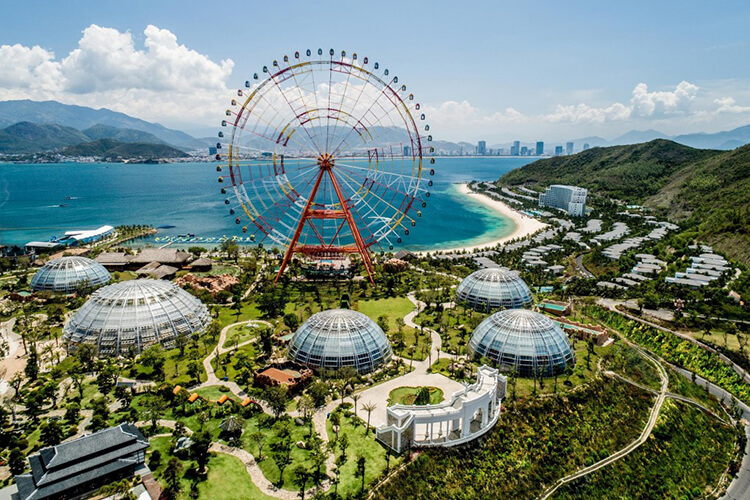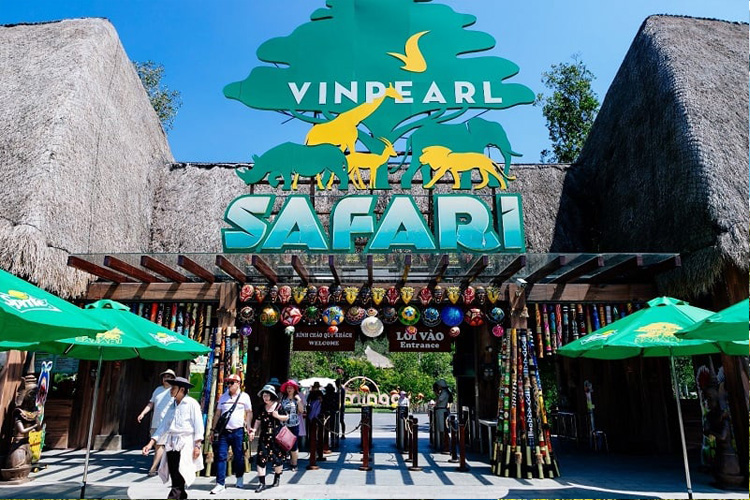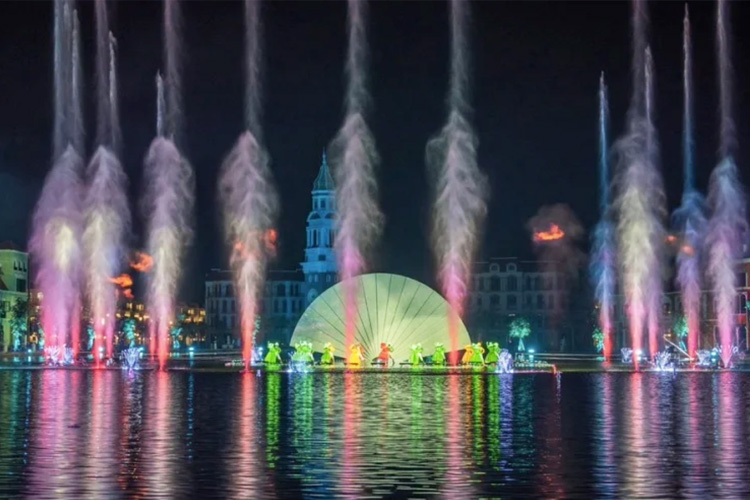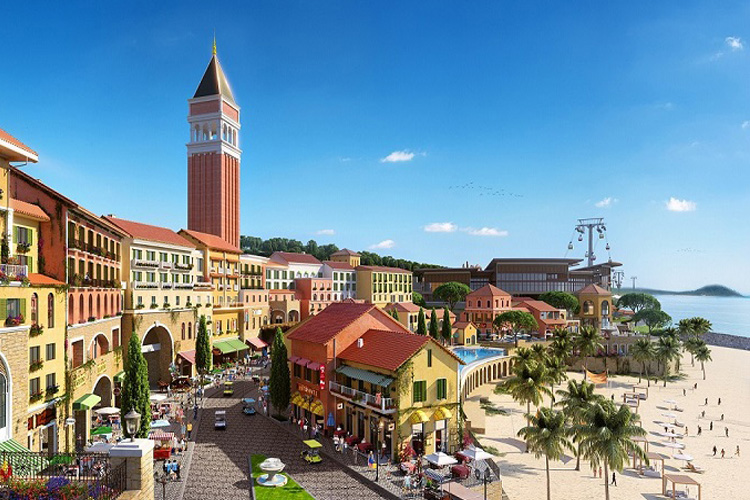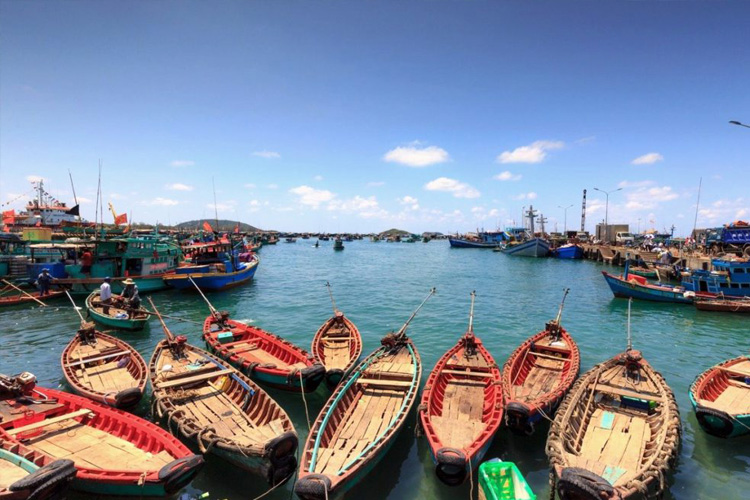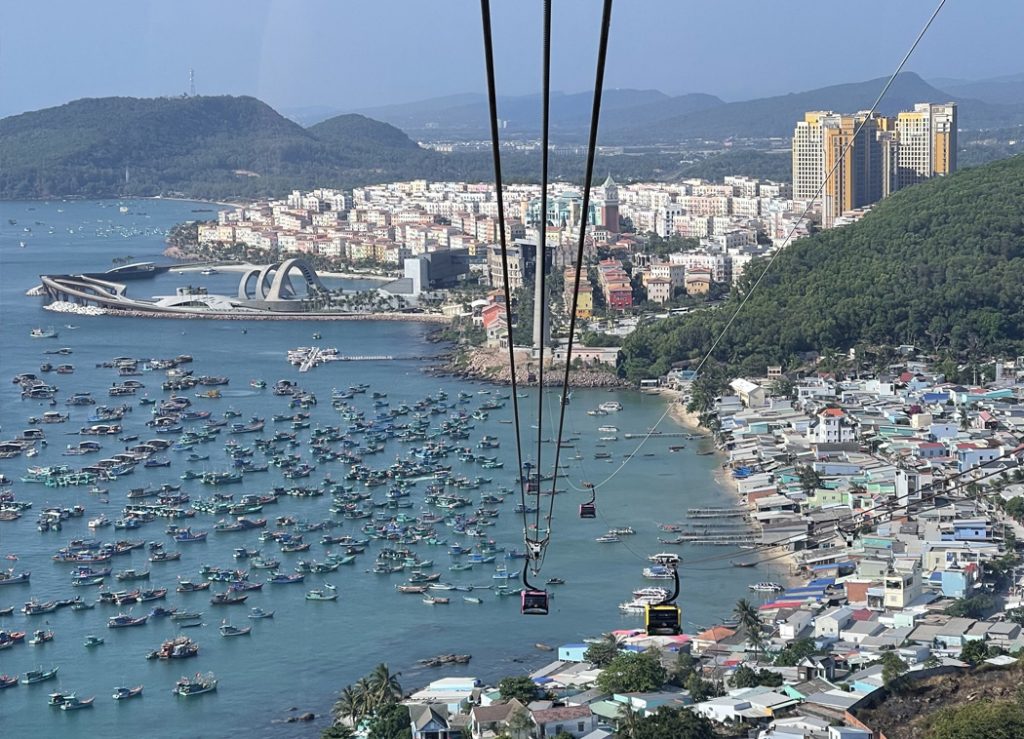 Phu Quoc Island is an emerging tourist destination located on the southern coast of Vietnam. It has quickly become one of the most exciting resort island destinations in the ASEAN region after Indonesia’s Bali and Thailand’s Phuket.
Phu Quoc Island is an emerging tourist destination located on the southern coast of Vietnam. It has quickly become one of the most exciting resort island destinations in the ASEAN region after Indonesia’s Bali and Thailand’s Phuket.
The development model of this emerging large-scale tourist destination is worthy of being used as a successful case study for future resort developments that is intended to rely on foreign tourists for potential commercial success and tourism dollars.
- Establishment Period: The Vietnamese government had a clear polices and led the promotion to successfully attracting private companies to invest with advanced infrastructural project planning and construction over decades of public investment to build up basic facilities including airport, fishing, cargo, and passenger port. Improvements on existing port, road and communication networks has been made to create a good foundation for attracting new investments. The strategic development policy of “North Vin and South Sun” established a clear development pattern on the western side of the Island with two anchor zones on either end of the designated tourism development corridor.
- Development Period: The developers have built several iconic attractions, such as a 360-degree panoramic cable car, wildlife park, water park and several theme parks which created exciting mix of tourism offerings to compliment a growing list of international branded hotels and resorts. Phu Quoc began to solidify itself as a popular tourism destination with many positive publicity and acclaimed reviews.
- Maturity Period: The government has introduced preferential measures to attract foreign tourists including visa exemption for the entire island in addition of new international flights while adapting flexible policies catering to market changes. Phu Quoc has benefited from using social-media marketing campaign to entice tourists to visit after the post-pandemic travel boom in the region.
Phu Quoc has great success in attracting tourists, not only for its superior natural resources, but also for the seamless collaboration between the government, developers and hospitality operators where it has built a very impressive start for itself. However, to becoming a truly sustainable tourism destination, it still has more work and challenges ahead, as it needs to use smart urban management solution to mitigate both social and environmental impacts due to physical development while it must also find a balance to employ economic stabilization effort to control inflation. In addition, it must design more new tourist attractions with deeper immerse with local cultural identities while securing a stable revenue stream to recoup the public financial investment already spent. HTDA is interested in tracking the prevailing development issues and trends as relating to this unique tourism destination in order to share market insights periodically with our regional clients interested in developing sustainable tourism projects across the Asia Pacific region.
Service contact: Ms. Jiehju Li, Director of Economic Planning, [email protected] (HTDA Copyright Article, 2024)

